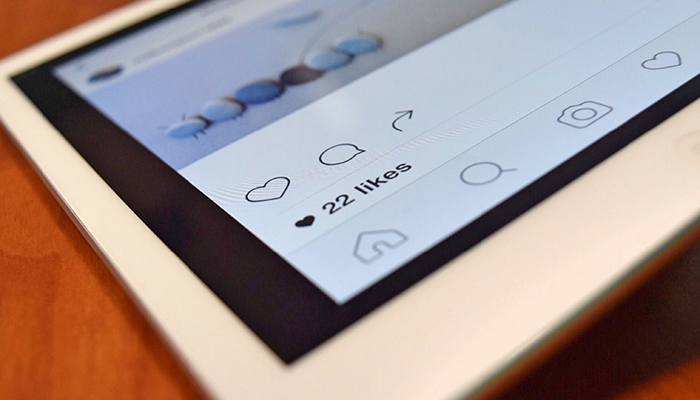Expert view: Is it ever a good idea to buy followers to show growth?
Wed 7th Sep 2022 by Katrina Bell

Expert view: Is it ever a good idea to buy followers to show growth?
When your competitors’ feeds seem to be mobbed by crowds and enjoying a deluge of likes, the temptation to bump up your numbers can be irresistible – Katrina Bell investigates the practice of buying followers.
If FOMO is getting you down and the only big thing about your social feeds is the hole they make in your daily toil, you may find your mouse hovering over the Google results for follower farms offering a tantalising hike in your followers.
The process is relatively easy depending on the platform – 1,000 Instagram followers can cost as little as £10. All the sellers promise real, non-drop accounts that won’t make you fall foul of the platforms’ T&Cs.
One look at the home screen for any big-name farm and you’ll experience a hard sell that usually includes a time-sensitive discount, a free trial, and followers that are targeted to your brand. Most consumers know ‘Only three slots left this month’ is a scam, but someone must be falling for it – the same goes for those high-stink testimonials that I spent way too long trying to track down. Why would creators and brands that have bought followers be so elusive?
Here’s why you shouldn’t…
1. You could lose your account – Instagram will dole out an Insta-ban if its algorithm works out what you’ve been up to as it violates its T&Cs. And it probably will.
2. You could end up looking foolish. How will being discovered really affect your business? Chances are if you market to the public, some eagle-eyed potential customer will spot the fakes and may publicly call you out – transparency is a mark of trust after all.
It’s very easy to test the validity of a competitor’s followers. There are apps and sites such as Social Blade (https://socialblade.com) aimed at marketers that promise to unearth the validity of a social feed’s popularity, however the red flags are easy to spot. A sharp increase of accounts without a profile picture, spammy-looking user names and a weird ratio between followers and likes are dead giveaways. If the number of followers is much too high compared to the number of likes on most posts, someone has had the company credit card out recently.
3. It makes your analytics data a minefield. It will also make any metrics for judging your socials’ success so much harder to assess when a proportion of your followers are either disinterested or bots.
4. Your engagement will not improve as they will certainly either be inactive accounts of bots. So what have you really gained? A momentary feeling of one-upmanship and a warm glow of boosted clout when your customers visit your feeds? Facebook and Twitter have a tonne of follower farms just a click away and they aren’t shy about their menu of services. Neither platform bans the practice, all you get is a disengaged, unqualified audience and the possibility that Facebook will flag those fake accounts as spam. Via its Edgerank algorithm, this lack of interaction will also be detrimental to your account’s visibility in the long term. If your content has a low engagement rate your reach score will be on a permanent slide downwards.
Here’s what to do instead…
Buying followers doesn’t increase engagement or sales, but promoting posts on your most effective social platforms could do both at a similarly low cost. It will also keep you out of the social platform’s naughty books as the ultimate goal of all of them is to get you to spend. Dive into your analytics to find your most successful posts, work out what time of day is optimum and then you have a tweakable template to create posts that are genuine winners.
Tags: insight, features, buying followers, instagram followers, kitchens, bathrooms



























